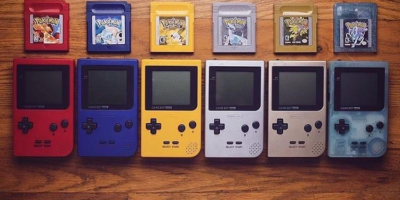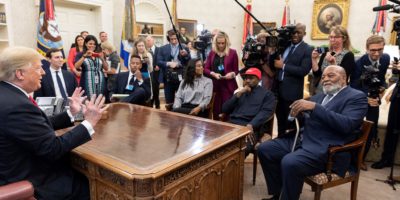Less violent than the title implies, but no less medieval in the conquest, advertising in Zambia is a war of bold coloured branding. A brand is such a critical component of any company’s success and it is certain that they must be tailored to their audience. Zambia is particularly visual and verbal in their daily culture; vernacular languages were not written, which may be a big factor in this behaviour. And so, companies have spared no space in your vision to paint their colours.
Mwansa’s Grocery painted the vibrant, energetic Airtel red. David’s Convenience is a second sun in its MTN yellow. Nkana Take Away is a lush, joyful Zamtel green. Banda Hardware is a strong Boom Detergent Paste grey with their colourful logo shouting in contrast. The nearby Zoona post has the radioactive green glow.
The main belligerents in this ocular battleground are the Big Three in the mobile business – Airtel, MTN and Zamtel. Each one fights for the ever growing and vital market of mobile phones and mobile Internet. In a country with minimal landline infrastructure, controlling the airwaves is the road to profit.
I haven’t any idea who fired the first shots, or rather, pulled out the paint roller first, but not a shop in the whole of Zambia should ever worry about a faded exterior. Companies paint every square centimeter of the building their brand colours, interspersing their logo were possible. In return, the shopkeeper gets an attractive façade with their business name in neat letters above the door. It makes for an intense battle of hues, sometimes nearly comical with a little MTN shop wedged between two giant walls of Airtel red.
But the effect is undisputable; the brands’ competition in paint is but an extension of the fierce competition they wage in costs, bonuses, and customer motivation. To not paint your colours would be a quick corporate suicide.
Airtel has taken an approach of empowerment and motivation. “Be awesome. Be Zambitious” hails the positive energy in Zambia. “Welcome to Africa’s No. 1 Country” an enormous overpass banner reads. Be the best you can be. Be an Airtel customer. Why not associate your brand with success and the pride of a nation? MTN takes the sports approach. Their brand is synonymous with football here. The coach of the National team, Herve Renard, graces nearly every ad. Be a supporter of your national team. Be an MTN customer. Zamtel isn’t quite as bold as the other two, opting for a more neutral, customer enjoyment image and just simply advertising their offerings.
The advertisement of the year goes to Trade Kings who promote their Boom Detergent Paste in one of the cleverest ads I have seen here in Zambia. Bringing in Herve Renard again, the coach of the Chipolopolo, they play off of his “lucky white shirt” that he wore en route to Zambia’s Africa Cup of Nations title. Here is the ad:
Whoever thought of that deserves a medal. A quiet mixing of sports fandom and the most prevalent cleaning product in the land; a winning combination. Well done Trade Kings, well done.
In all of this, it is a neat realization that such obvious things like advertising can be tailored to the verbal, visual and linguistic communication within a specific culture. Drawing a line from there, it is an important note that efforts in development must also be tailored to the people. Where a great report might serve as a strong statement for a cause back home, here, there may be more value in a good presentation or example that stakeholders can be exposed to. Speaking the local language in more ways than the dialect can never be understated.
What are some examples of advertisement or any other person-to-person transaction at home that you can attribute to our culture? Have you ever noticed changes in these factors when travelling to a new place (even just south to the USA)? Let me know!






Leave a Reply